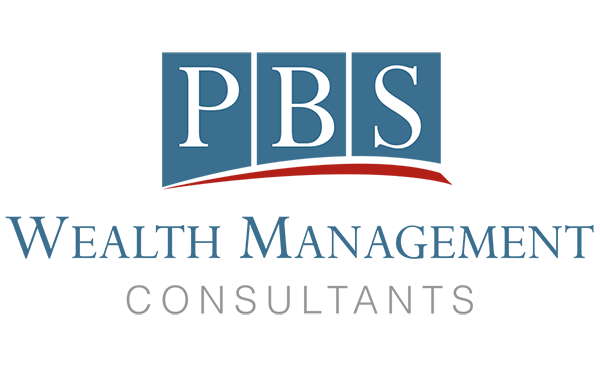A recent headline from USA Today jumped off the page online: College Student Loans: Debt hits a new high in 2018.
Last year, college seniors graduated with a diploma, a well-paying job (hopefully), and an average student loan debt of $29,200, according to a new study by the Institute for College Access and Success.
Almost two in three college seniors, or about 65% who graduated from public and private nonprofit colleges in 2018, carried college debt into their post-graduate world.
Connecticut held the dubious honor of the largest debt load—$38,669, while Utah had the lowest burden at $19,728. In Colorado, the average was $24,888. If there is any good news, debt levels were up just 2% from 2017.
In 1985, the annual tuition, fees, and room and board rates charged to full-time undergraduate students at a four-year public university ran $3,859. By 2015, the cost had ballooned to $19,189, according to the National Center for Education Statistics. For private schools over the same period, tuitions soared from $9,228 to $39,529.
The increase in costs is sobering. No wonder so many kids today graduate with both a degree and a heavy debt burden. The typical student loan rates run from 4.5% to 7%, with a term of about 10 years. This means someone just entering the workforce may need to make a monthly payment of $324, paying $9,702 in interest on the average debt of $29,200, assuming 6% interest.
Unfortunately, many underestimate the time it will take to pay back their loans. According to a survey of recent college graduates, most believed they were six years away from being debt free. If only.
Since we understand that pursuing a college degree is key to many adults' career success, here are some ideas that can help bring yours, your child's or your grandchild's student debt loans, (or any debt burden), under control.
- Make more than the minimum payment. By adding just $100 per month to your payment, you’ll pay the average debt off three years early and shave a cool $3,000 off your interest payments (data taken from Bankrate.com loan calculator). Be sure to confirm the extra payments are correctly applied to the principal. This step is important, especially as it relates to the method you use to pay down your debt—steps 3 and 4.
- Pay off high-rate loans first—the avalanche method. If you have more than one loan, make the minimum payment on lower-rate loans but apply that extra payment to the highest rate loan first. There’s no reason to pay more in interest than necessary.
- Pay off the smallest loan first—the snowball method. This loan may not be your most expensive loan, but you may feel a sense of accomplishment from ‘checking the box,’ or ‘wiping out’ one loan. It’s visible, tangible progress when a loan fades into oblivion. Plus, by knocking one loan out, you can improve your credit score and lower your debt-to-income ratio. Don’t overspend but reward yourself (with your spouse if married) when you’ve paid off your first loan. It’s an accomplishment!
- Rollover over the payment. Once you have eliminated the first loan, take that entire payment and roll it into the loan with the next highest rate (or the loan with the lowest balance). Do you see what you are doing? It’s called MOMENTUM. When that loan is paid off, you have additional cash to plow pack into the third loan.
- Can you refinance to lower rates? A lower interest rate may translate into fewer payments. But be careful about extending the length of the loan. Lower payments may tempt but the goal is to obliterate your student loans, not pile up additional interest and delay the day when you’ll be student-debt free.
- The auto-payment option. Just do it. Does your loan servicer offer auto-payment? Most do. You may save 0.25%, and auto-payment is a ‘set and forget’ way of paying back debt. Besides, you won’t have to worry about missing a payment, late fees, and a black mark on your credit report.
- Be careful with extended payment plans. Such plans reduce your monthly payment and may be income-based, but it will take you longer to pay off your student debt and you’ll pay more in interest.
Follow these tips to keep the ball rolling until you’ve eliminated all your student debt. But don’t stop here! Once your debt is paid off, you may tackle credit card debt, save for a down payment on a home, or begin saving for retirement. Establishing the right patterns when you are young will pay dividends throughout your life.
Your goal is to put your college debt in the rearview mirror. Be strategic about your choices. Set up a plan. Use our pointers as a guide. And feel free to share this post with any loved ones who may benefit from these tips!
